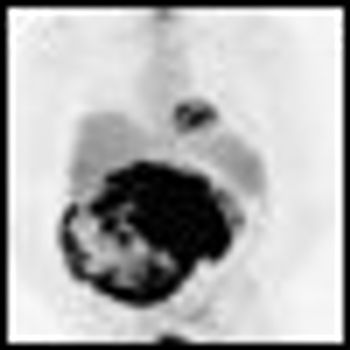
Rash is a class effect of HER1/epidermal growth factor receptor(EGFR)-targeted agents, and has occurred with high frequency and ina dose-dependent manner in clinical trials of these agents in cancerpatients. Analysis of phase II trials of erlotinib (Tarceva) in non–smallcelllung cancer, head and neck cancer, and ovarian cancer shows asignificant association between rash severity and objective tumor response.Rash severity was highly significantly associated with survivalin patients with non–small-cell lung cancer receiving erlotinib; mediansurvival in patients with no rash was 46.5 days, compared with257 days in those with grade 1 rash (P < .0001) and 597 days in thosewith grade 2/3 rash (P < .0001). Similarly, for the combined non–smallcelllung cancer, head and neck cancer, and ovarian cancer studies,median survival in patients with no rash was 103 days, compared with191 days in those with grade 1 rash (P = .0001) and 266 days in thosewith grade 2/3/4 rash (P = .0001). Similar findings have been madewith cetuximab (Erbitux) and in some settings with gefitinib (Iressa).The strong association of rash severity with response/survival suggeststhat rash may serve as a marker of response to erlotinib treatment andmay be used to guide treatment to obtain optimal response. Dosingerlotinib at the maximum tolerated dose, which is associated with morefrequent and more severe rash, may improve response rates and survivaldurations. Further study of the potentially important associationbetween rash and outcome of treatment with EGFR-targeted agents isneeded.

